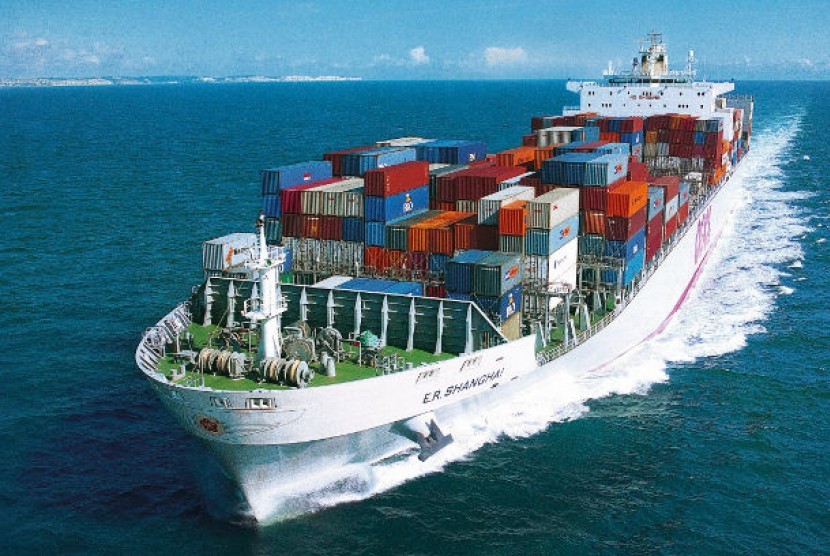REPUBLIKA.CO.ID, JAKARTA -- The government is evaluating six completed sea toll projects to ascertain their impacts on reducing inter-island freight costs, according to an official.
The results of the evaluation would be used to decide future sea toll projects, Transportation Director Bambang Prihartono of the National Development Planning Ministry remarked here recently.
Until January 2016, six sea toll projects have become operational, he stated.
The ministry is conducting the evaluation in cooperation with the Asian Development Bank (ADB) to formulate success indicators of the six projects, one of the indicators being a decrease in price disparity.
The evaluation is expected to be completed in 2017.
Sea toll projects are strategic infrastructure for increasing maritime connectivity and need a total investment amounting to Rp699 trillion.
In order to be combined with land transportation development, the government has set a target to reduce the nation's logistics costs to 20 percent of the gross domestic product from the current 27 percent.
The six sea toll projects run by state-owned shipping liner PT Pelni are currently serving routine and scheduled routes to ensure reliable logistics supplies in some regions, specifically the remote areas.
In accordance with Presidential Regulation No. 106 of 2015, the government provides subsidies worth Rp257 billion under the Public Service Obligation (PSO) scheme for developing sea toll projects.
The first sea toll route starts from Tanjung Perak (East Java) to Tual (Maluku), Fak-Fak (West Papua), Kaimana (Papua), and Timika (Papua) as its final destination. The return route from Timika to Tanjung Perak passes through Kaimana, Fak-Fak, and Tual.
The second route starts from Tanjung Perak to Saumlaki (Maluku), Dobo (Maluku), and finally Merauke (Papua), and vice versa.
The third route also begins from Tanjung Perak to Reo (East Nusa Tenggara/NTT), Maumere (NTT), Lewoleba (NTT), Rote (NTT), Sabu (NTT), and Waingapu (NTT), and vice versa.
The fourth route starts from Tanjung Priok (Jakarta) to Biak (Papua), Serui (Papua), Nabire (Papua), Wasior (West Papua), and finally Manokwari (West Papua), and vice versa.
The fifth route covers Tanjung Priok, Ternate (North Maluku), Tobelo (North Maluku), and Babang (North Maluku), and vice versa.
The sixth route starts from Tanjung Priok to Kijang (Riau Islands), and Natuna (Riau Islands), and vice versa.


